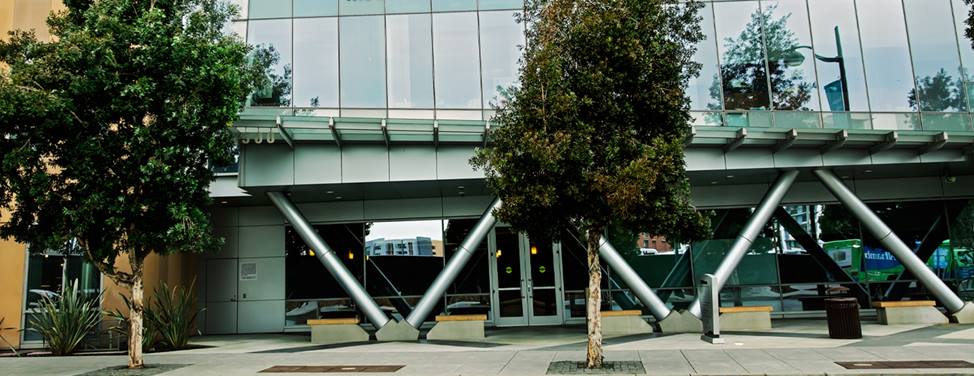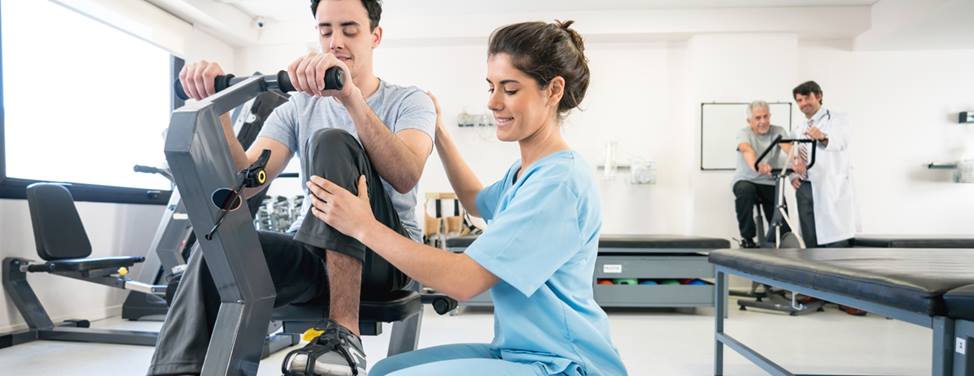
Patellofemoral Surgery
There are several surgeries for patellofemoral pain depending on what your surgeon needs to do and if there are other associated injuries. These include arthroscopic surgery as well as more complex procedures.
After anesthesia is administered -- which may be local, regional or general -- the surgical team sterilizes the leg with antibacterial solution. The instruments are set up and the television monitors turned on.
One to three small, four-millimeter incisions are used for the diagnostic portion of the operation. Any further incisions depend on what your surgeon needs to do to fix your particular problem.
With the arthroscope in your knee, the surgeon can see exactly how the kneecap tracks in its groove and identify any instability or tendency to dislocate. Your surgeon also can determine whether some of the tendons and structures that are attached to your kneecap are too tight, too loose or torn.
Once the problem is identified, the appropriate procedures can be performed. These may include tightening, releasing or a combination of procedures that will ultimately allow the kneecap to track properly.
A lateral release to treat patellofemoral pain syndrome is performed when the fibrous bands (retiniculum) attached to the outside part of your kneecap are too tight and pull the kneecap out of position. Surgeons cut this tight structure, allowing the kneecap to move back into its track.
If your patella is tracking too far laterally, the medial tissues may be tightened in addition to a lateral release to help with patella tracking. In some cases, the area where the patella tendon inserts may be adjusted to improve the tracking of the kneecap.
UCSF Health medical specialists have reviewed this information. It is for educational purposes only and is not intended to replace the advice of your doctor or other health care provider. We encourage you to discuss any questions or concerns you may have with your provider.











